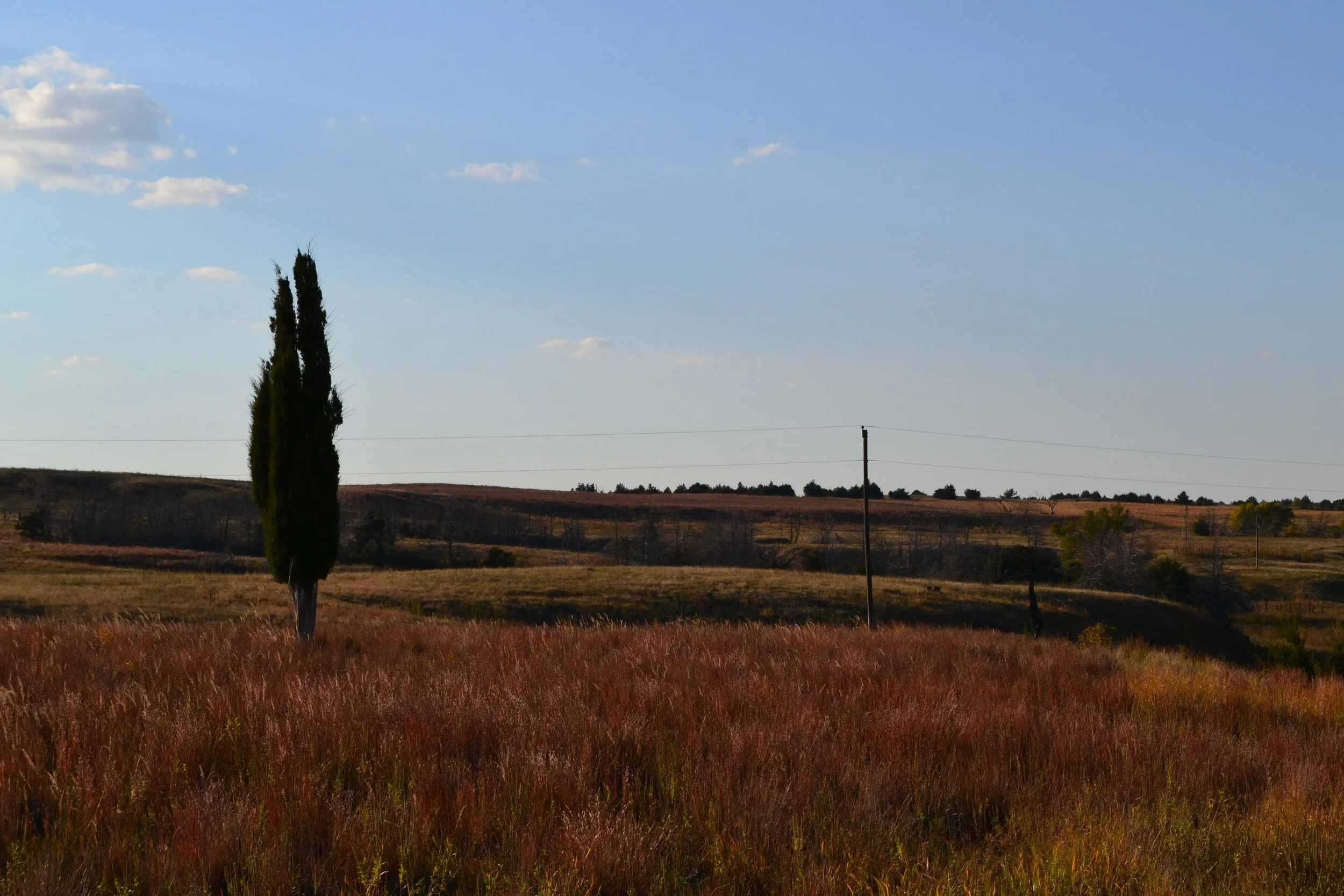Attack of the Clones
In the summer of 1978, Allen Wilke slammed the brakes.
He did this often. A true plantsman, he observed everything but the road itself. He would spy a flowering prickly pear in the ditch, a wild grapevine, and double back without warning. He would take a photo, a cutting, shuffle back to his gutted cargo van and carry on. He wore dusty chinos and a pocket protector, and often sent his son and daughter – half-asleep in his jerry rigged backseat – tumbling forward with the rest of his luggage.
This time, the plantsman was alone. He was puttering through the Sandhills on Highway 91, a mile west of Taylor, when a tall and skinny evergreen — not unlike an Italian Cypress, he thought — punctured his periphery. He slammed the brakes. He doubled back. And like he had so many times before, and would so many times again, the proprietor of the Wilke Landscape Center in Columbus knocked on a stranger’s door.
“Would you mind?”
The rancher led the plantsman to that eastern redcedar on the hill, rising like a steeple behind so many snot-nosed cattle feeding at the trough. To Marlin Britton, a lifelong Sandhiller, the tree was markable if not re-markable. But to Wilke, now scrambling up the bank for a closer look, it was a perfect fit for Nebraska’s landscaping industry. He took a few 10-inch cuttings, shook Britton’s hand and hit the road.
By the early 1980s, Wilke began retailing a new variety of tree he called the “Taylor Juniper,” a play on both its origins and its naturally tailored appearance. But “it wasn’t his forte to be marketing a new plant to the world,” his son Evan says. On February 4, 1992, the curious plantsman relinquished his business interests in the Taylor Juniper to the Nebraska Statewide Arboretum. He died one month later, just days after the arboretum formally introduced his beloved tree variety to every licensed nursery in the state.
Thirty years after its commercial introduction, the Taylor Juniper is now ubiquitous across Nebraska, from the town square in Taylor to the capitol grounds in Lincoln; the gates of Wyuka Cemetery to The Gardens at Yanney Park; the track at Hastings College to the belltower at the University of Nebraska at Kearney. The trees fill the nurseries come spring and sell out come fall – each a perfect clone of that single mother tree in Britton’s pasture.
“Every once in a while, I’ll drive past one and it’s like, ‘Oh! There’s one of dad’s trees!’” says Alan Britton, Marlin’s son. “I don’t know how to describe it, but there is an emotional tingle.”





